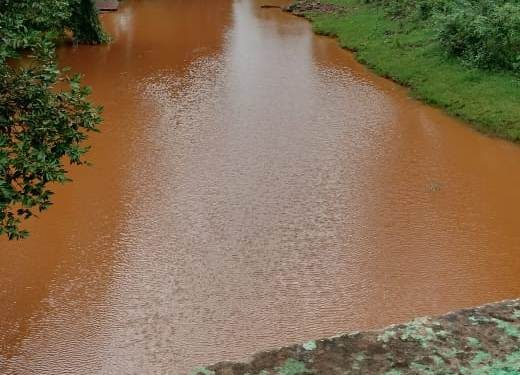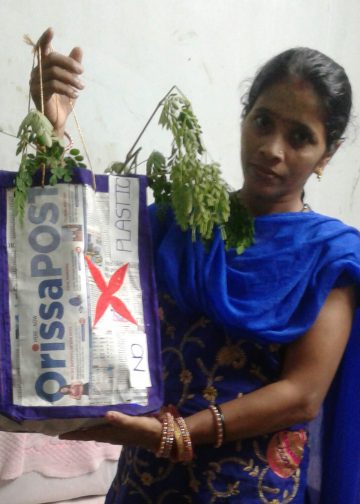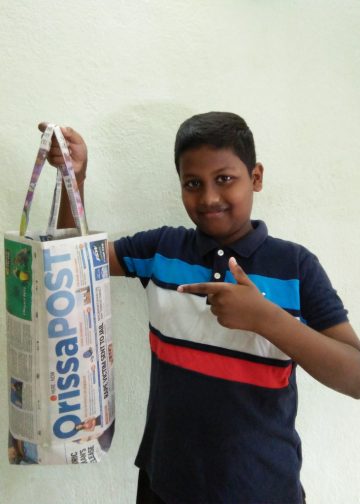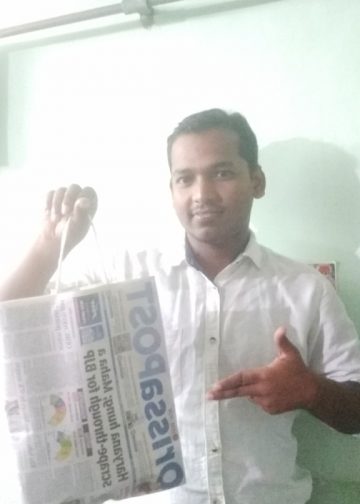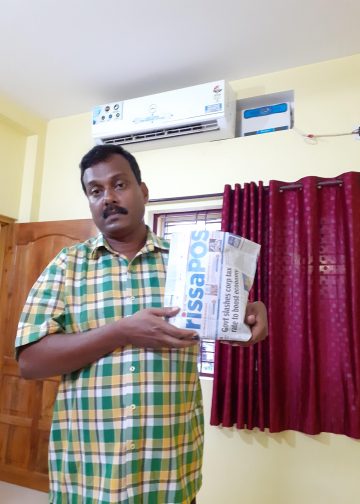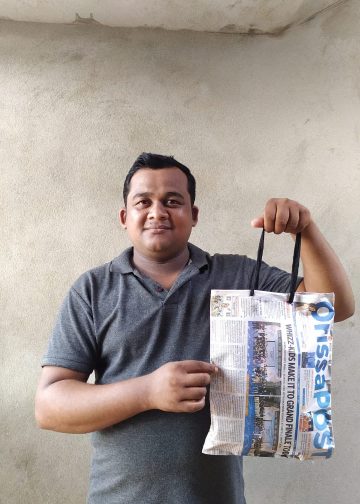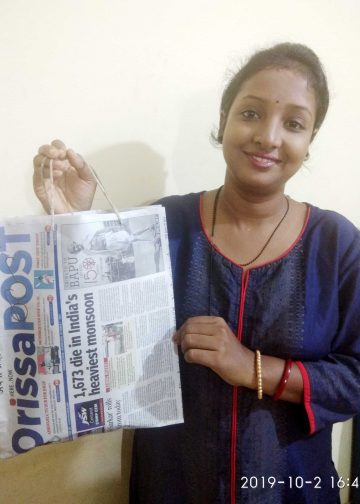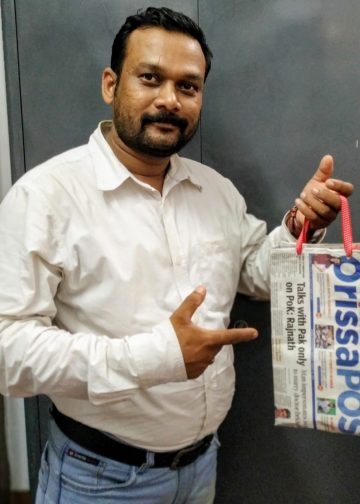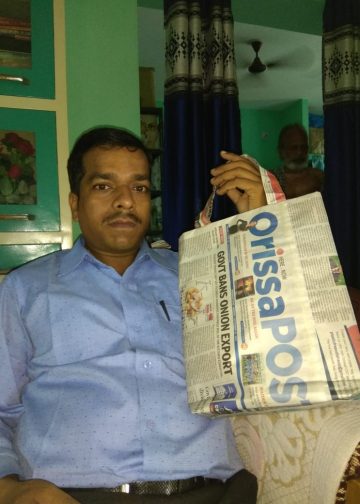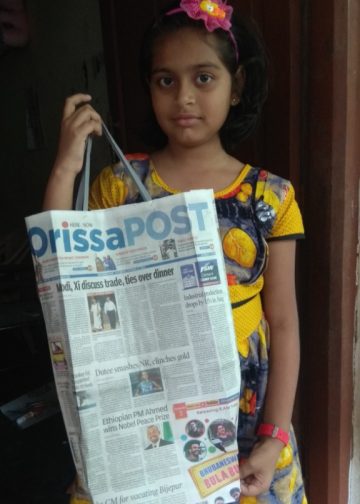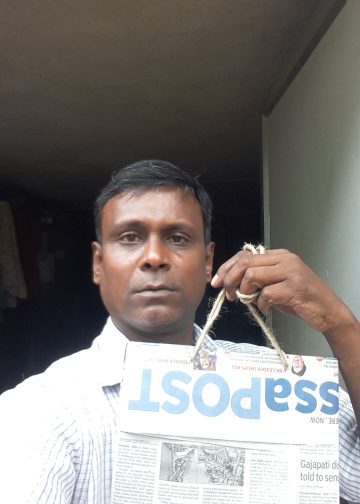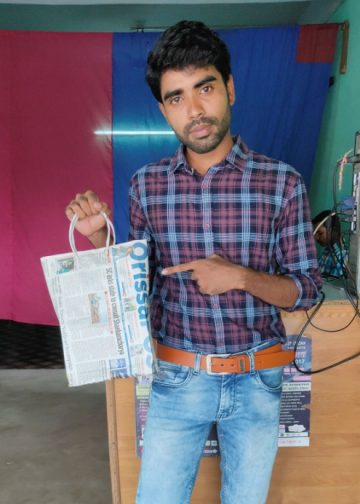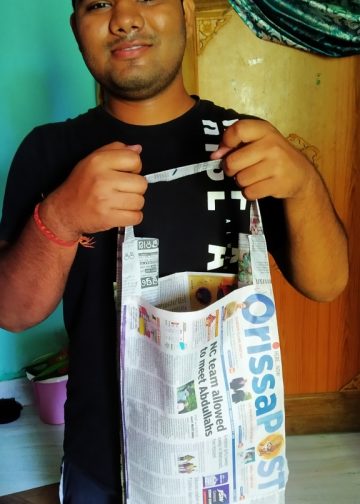Jajpur: Toxic levels of chromium have been found in groundwater of Sukinda mining area under Jajpur district, with concentrations up to 14 times higher than the permissible limit, a Central Ground Water Board (CGWB) report has confirmed.
The investigation was conducted as per the orders of National Green Tribunal (NGT). The CGWB collected 233 groundwater samples across the region. Of these, 37 and 28 samples taken before and after the monsoon, respectively, showed chromium levels much above the safe limit of 0.05 milligrams per litre. The highest concentration, 0.7313 mg/L, was found in a sample from Chingudipal.
The report validates complaints filed with the NGT, alleging that residents are suffering from kidney ailments and fatalities due to long-term exposure to contaminated water. The tribunal has now directed the Jajpur Collector to prepare and submit an action plan. Despite nearly Rs 230 crore being spent on three piped water supply projects in Sukinda, many residents remain without access to clean and safe drinking water, prompting calls for permanent solutions.
Also Read: Construction near Tampara Ramsar site under NGT lens
Earlier, the State Environmental Impact Assessment Authority (SEIAA) had alerted the Odisha State Pollution Control Board (SPCB) about the contamination. However, remedial measures were reportedly inadequate. The findings were submitted in June following a directive in NGT case 73/2024/EZ.
A four-member team led by CGWB Regional Director BK Sahu, including scientists Mausumi Sahu, Bibhuti Bhusan Sahu and Sinos PK, conducted the study. Both hexavalent and trivalent chromium were detected in the groundwater samples. The report recommended supplying clean drinking water to every household, testing water from new bore wells before use, and installing and monitoring effluent treatment plants. It also highlighted that mining companies have been drawing clean water from the Brahmani River and releasing toxic effluents into the Damsala stream, causing widespread contamination of rivers, ponds and groundwater.
The report identified elevated chromium levels in Damsala Nala and noted a rise in kidney diseases in nearby areas. Villages affected include Kamarda, Masasahi, Hatisahi, Saruabil, Gurujang, Ostapal, Kuchidabanka, Kusumghut, Kalarangi and Ramsol in Sukinda block, and Krushnapur, Odisa, Barua, Mathakhokasa and Balijhati in Bhuban block of Dhenkanal district — affecting around 50,000 people. Locals have demanded immediate action based on the CGWB report to address the crisis.

